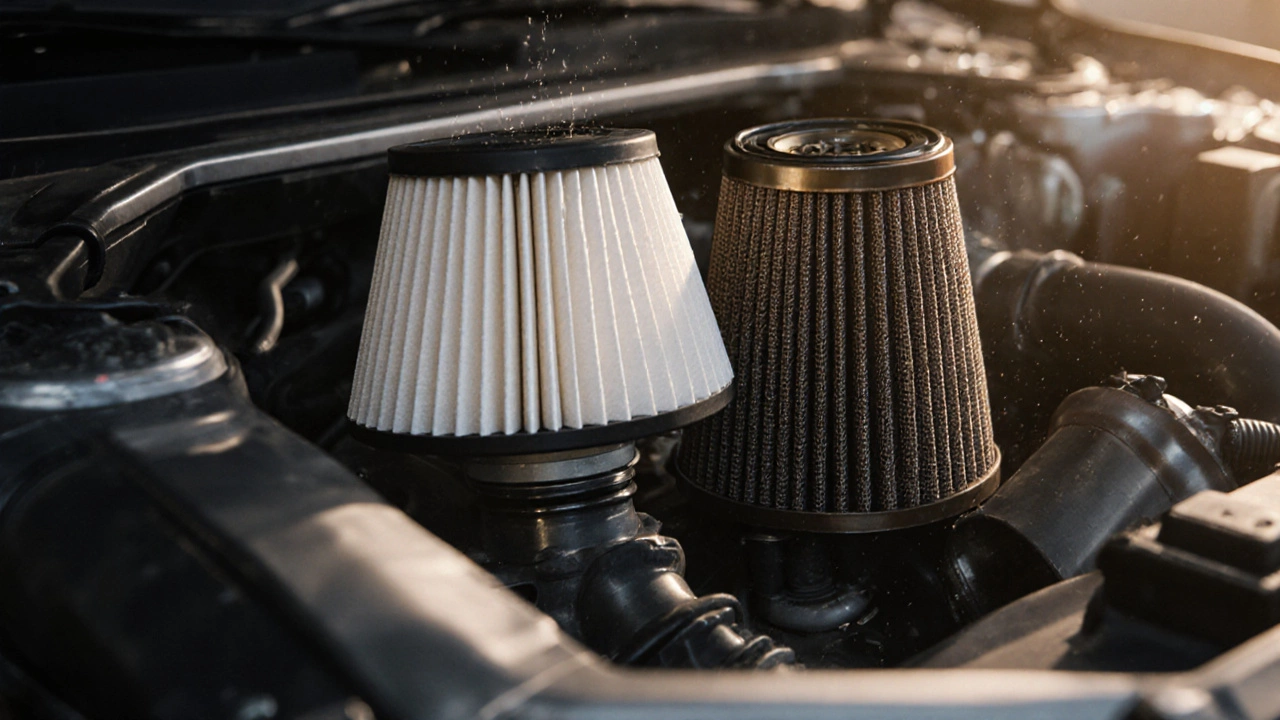Air Filter Replacement Interval: How Often Should You Change It?
When planning your car’s upkeep, air filter replacement interval is key. Air filter replacement interval refers to the mileage or time period recommended by manufacturers for swapping out the vehicle’s air filter to maintain optimal engine performance. Also known as filter change schedule, it helps prevent loss of power, higher fuel consumption, and premature wear.
Factors That Influence How Often You Replace the Filter
Choosing the right type of air filter a component that removes dust, pollen, and debris from the incoming air before it reaches the engine is the first decision that shapes the interval. Dry filters tend to clog faster in dusty environments, while oiled or high‑flow performance filters can run longer but require periodic cleaning. The material you pick directly influences the maintenance schedule, creating a clear link: filter type ↔ replacement frequency.
Adding a cold air intake an aftermarket system that draws cooler, denser air from outside the engine bay changes airflow dynamics. Cooler air carries more moisture and particles, which often means the filter reaches its capacity sooner. In practice, owners report a 10‑20% reduction in the recommended interval after installing a cold air intake, illustrating the triple: cold air intake → increased airflow → shorter replacement interval.
Engine performance itself is a useful yardstick. If you notice a dip in throttle response, a rough idle, or a drop in fuel efficiency, those symptoms often point to a clogged filter. Monitoring these performance cues creates a feedback loop: engine health ↔ filter condition ↔ replacement timing. Keeping an eye on fuel economy numbers can alert you before the filter becomes a bottleneck.
Driving conditions add another layer. City traffic with frequent stop‑and‑go, construction zones, or rural roads full of dust will load the filter faster than highway cruising on clean air. Seasonal changes matter, too—spring pollen or autumn leaf debris can accelerate clogging. Adjusting the interval based on your typical routes ensures you’re not over‑ or under‑maintaining.
Manufacturers usually quote a generic mileage, such as 12,000‑15,000 miles, but it’s a baseline, not a rule. Real‑world data from owners who track filter life shows a wide spread: some replace at 10,000 miles, others stretch to 20,000 miles with a high‑flow filter and regular cleaning. Treat the quoted figure as a starting point, then refine it with your own observations.
Regular visual inspections are a low‑cost habit. Pull the filter out during oil changes or tire rotations and give it a quick look. If it’s visibly dark, gritty, or the oil coating on an oiled filter looks saturated, it’s time for a swap. This simple check reinforces the semantic chain: visual check → filter assessment → timely replacement, keeping the engine breathing easy.
By understanding how filter type, intake modifications, driving environment, and engine feedback interact, you can set a replacement schedule that matches your car’s real needs. Below you’ll find articles that dive deeper into each of these aspects, from choosing the best filter to maintaining a cold air intake, so you can keep your engine performing at its best.

